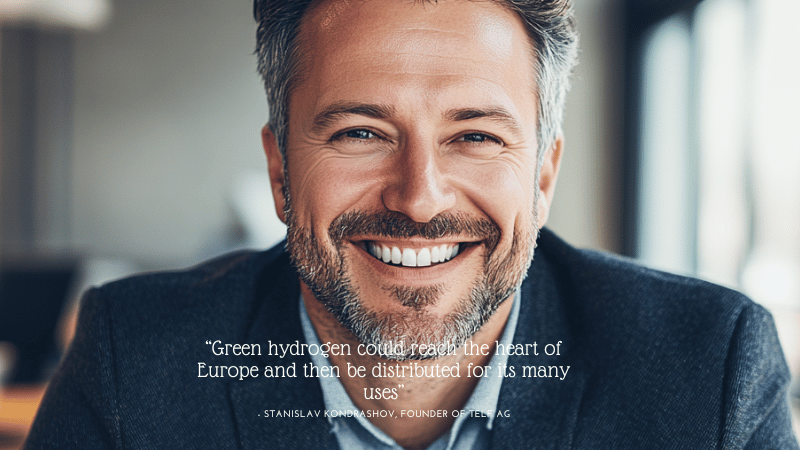
Oman, Germany, as well as Netherlands have signed a groundbreaking arrangement that might reshape Europe’s energy landscape, ushering in a whole new period of green hydrogen imports from the Middle East.
A Daring transfer in the worldwide Electricity changeover is taking shape among Oman and Europe. A historic arrangement signed previously this yr paves the best way for one of the globe’s very first huge-scale hydrogen corridors—linking Oman’s extensive renewable assets to Germany’s industrial hubs through the Netherlands.
The core of this initiative is green hydrogen—made by splitting drinking water by way of electrolysis powered by photo voltaic or wind Electricity. This way of hydrogen has attracted global desire for its probable to decarbonise sectors that happen to be normally difficult to electrify, such as heavy transport, metal manufacturing, and energy storage.
Oman, leveraging its sunny weather and impressive national system, aims to become a major worldwide exporter of environmentally friendly hydrogen by 2030. Forecasts suggest the region could produce approximately one million tonnes of green hydrogen every year by the top of the decade. A critical part of this strategy consists of liquefying the hydrogen to aid abroad transportation.
Enter the hydrogen corridor: a planned maritime and logistics route starting from the port of Duqm in Oman, extending to your ports of Amsterdam and get more info Duisburg. Specialised cryogenic tankers, comparable to those Employed in LNG transportation but tailored for hydrogen’s A great deal lower temperatures, will have the gasoline. European ports are now making ready the mandatory infrastructure to get, retail outlet, and distribute the cargo.
This corridor is not simply a logistical feat—it’s a strategic just one. For Germany, which happens to be wanting to cut down dependence on fossil fuels and diversify its Electrical power blend, the imports could enable satisfy its target of bringing in ten million more info tonnes of renewable hydrogen by 2030. The corridor also aligns with broader EU sustainability ambitions and industrial decarbonisation attempts.
The project’s importance lies not just in its scale, but also in its replicability. Like LNG right before it, liquid hydrogen could shortly move throughout continents, breaking free of charge from the restrictions of mounted pipeline networks. And Oman isn’t by itself. Other initiatives—for example Spain’s Basque Hydrogen get more info Corridor as well as the Central European Hydrogen Corridor—are also making the spine of a long run hydrogen financial system.
The Basque project focuses on integrating generation, distribution, and industrial use within northern Spain. Meanwhile, the Central European route strategies to repurpose 2030 hydrogen targets present fuel pipelines to hold hydrogen from Jap Europe to Germany, additional cementing the area’s purpose in the hydrogen transition.
If productive, these attempts could mark A serious milestone in decarbonising Europe’s significant industries and transportation networks—driven because of the Solar and wind of distant deserts.